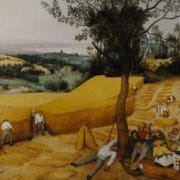Weeknotes 301 - unraveling roles through robotic fashion
Next to looking back on human-AI news of last week, tech societies and immersive realities, this week triggered thoughts on impact of robotics and AI in fashion

Hi, y’all!
Last week no events to visit. I went to the AI exhibition “Photography Through The Lens of AI” in the photo museum in Amsterdam (FOAM), which was nicely divided into four chapters; Missing Body (exploring forms and how AI is represented), Missing Person (what does it mean AI can substitute humans), Missing Camera, AI is creating events etc that never took place, and Missing Viewer: no need for humans, AI can live on its own. Not all the work was super good, but it was definitely worth the visit. Without planning to, it connected rather well to the triggered thoughts of last week on “sensors impersonating cameras to recreate reality”.
One project (Street Ghosts) from the parallel exhibition on art project by Paolo Cirio was a kind of reversed version of the lovely James Bridle's project Render Ghosts: The artist took the blurred people in Google Streetview pictures and printed these full-size back into reality at that location. See below.
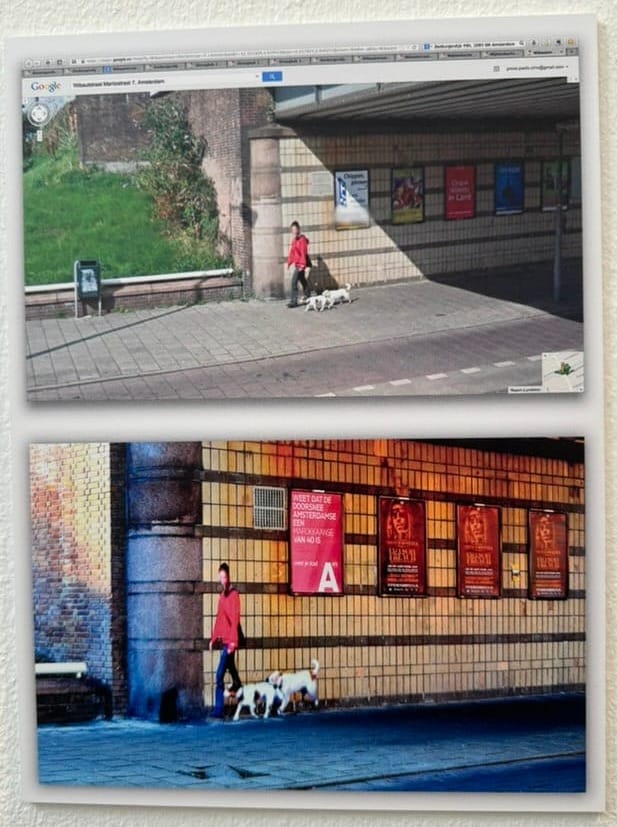
A project showed the shadows of people without the person, which the AI removed. I wondered what would happen if you fed the AI images of people (or objects), not the real people but only the shadows. Would the AI be able to create interesting originals from those shadows?
Among this one is on my endless reading list. You know about bias in AI, but she had the right examples, and it was a pleasant conversation.
Triggered thought
Watching this short documentary “The secret robot that will disrupt fashion” on a new way of clothing production made me think about different lenses on generative things; the theme we have developed for TH/NGS 2024 conference is all about formulating questions about things that become like co-performing partners. They are starting conversations with us to generate new and possible unexpected output.
The Vega factory portrayed in the documentary is creating a way to weave yarns into clothing pieces that are much more efficient and custom-made. Sometimes, it is like taking out the middle machines that we need and going directly from demand to production.
One thought is what the role of design will be in this case. Will we have a form of co-design where the order of design and making is shifted? Will the designer partner with the consumer to create the garment directly, but with the help of a designer who has special capabilities? Reversed co-design?
Another thought here is how generative AI will find its place. It will not only translate the human body into a readable protocol for the machine to print the garment you use but also become like that designer creating new variations and new combinations. Will the machine based on hidden possibilities create a new form of clothing? Will it create a jumpsuit instead of different pieces in a suit, or a different separation from bottom pieces (jeans) to tops, going left and right parts?
We see that there is a different relation with the machine. And a different deconstruction of tasks done by machines and humans. What if there is a production line in every city, instead of a shop for clothing, there is a machine that you can send orders to? Will there be workshops organized to create your personal clothing together with others and professional designers? Does that workshop replace the shopping? And of course, there will still be variations on what we see. We will have runways and fashion designers that inspire with totally different design methods. There will be fashion trends. This is a kind of immersive layer that is not made tangible before we create the custom “printed” piece.
Troy Nachtigall is researching the relation of robotic machines for garment production is topic of research at Wearble Data Lab by Troy Nachtigall. Is this happening already and how far is this developed? What is the impact of new generative AI to a market system like fashion?
For the subscribers or first-time readers (welcome!), thanks for joining! A short general intro: I am Iskander Smit, educated as an industrial design engineer, and have worked in digital technology all my life, with a particular interest in digital-physical interactions and a focus on human-tech intelligence co-performance. I like to (critically) explore the near future in the context of cities of things. And organising ThingsCon. I call Target_is_New my practice for making sense of unpredictable futures in human-AI partnerships. That is the lens I use to capture interesting news and share a paper every week.
Notions from the news
Another week of turmoil at OpenAI, with some key people leaving the company. Is this a pure battle for power or serious signs of the breakdown of the company? Is OpenAI alre§ady “too big to fail”?
In the meantime, developments have been very fast and AI has come a long way in a short time…
If there is an AI bubble now, the capabilities are not the direct reason.
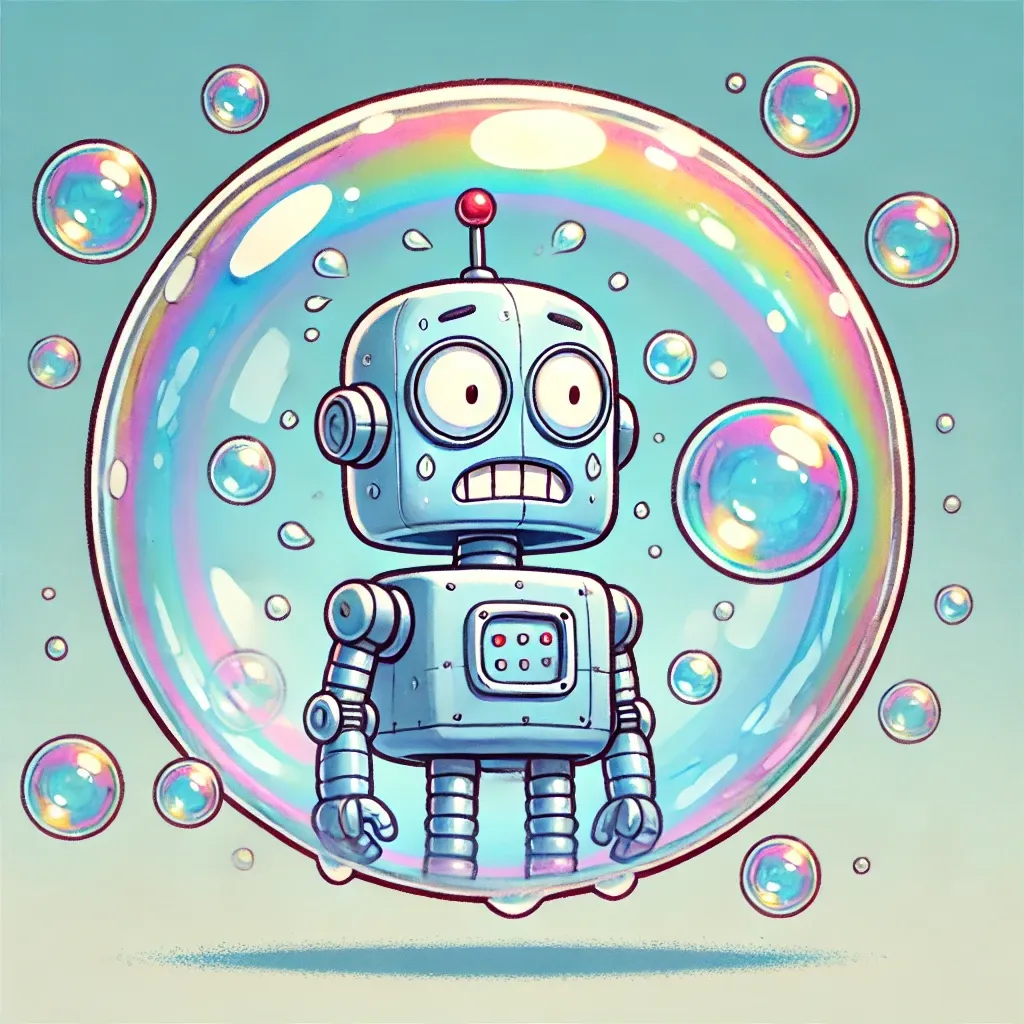
Human-AI partnerships
How to deal with unwanted hallucinations (sometimes hallucinations can contribute to “generating out of the box”), Apple is preparing. Better safe than sorry…
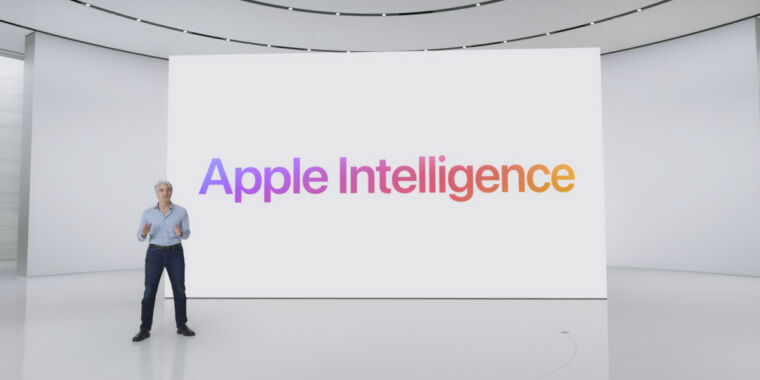
Addictive intelligence makes a lot of sense. Like TikTok is a master in addictive pleasing, it feels like a no-brainer this will happen too with chatbots. On purpose or as “collateral damage” as part of having an engaging conversation.

Embracing sub optimal relationships? Chicken or egg
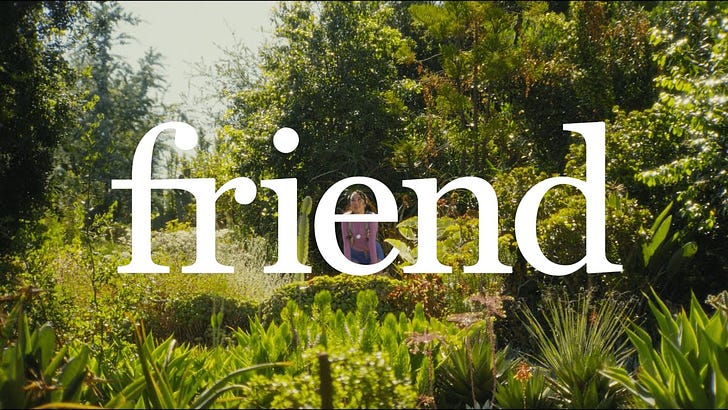
As always, nice explorations of thoughts on the future of apps as part of intelligent interaction experiences (I had some thoughts here), and translated to things. “That’s the lo-fi sci-fi future I want”. Matt is right.
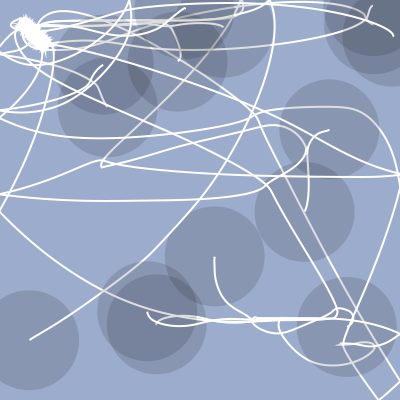
An important aspect of the co-performance we will have with AI and alikes is the mutual conversation and adaption to each other capabilities. This research is a signal of this. And to connect: a new Astro Bot controller that create that interaction it seems.

/cdn.vox-cdn.com/uploads/chorus_asset/file/25550682/a1b0ecbf0c9e33cfaf1fe1206b1e544ad6e1428c.jpeg)
Will Humane be the first to fail? Hopefully, there are learnings. A good product is ruling a promising story.
/cdn.vox-cdn.com/uploads/chorus_asset/file/25379240/247075_Humane_AI_pin_AKrales_0056.jpg)
Is this real or another one following the playbook to create a narrative on the possible high impact and sell it for that same impact?

This is a standard pipeline and recipe for model post-training, enhancing models with synthetic data and human feedback loops (aka training).

Robotic performances
More Waymo’s. Still in the current cities. In the meantime, the parking Waymos that are too polite for efficient driving is becoming a meme.
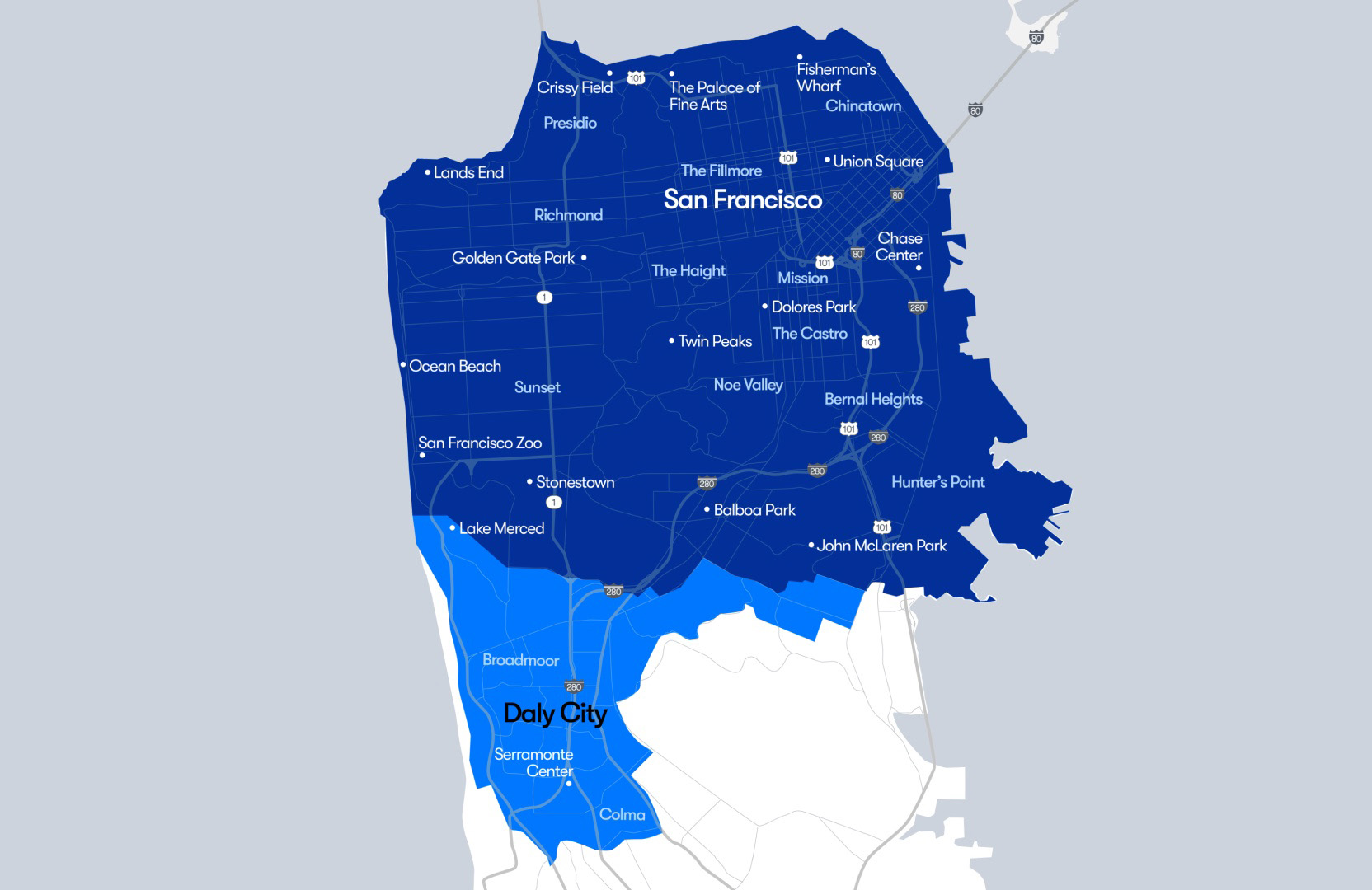
Hong Kong is also becoming a test bed.
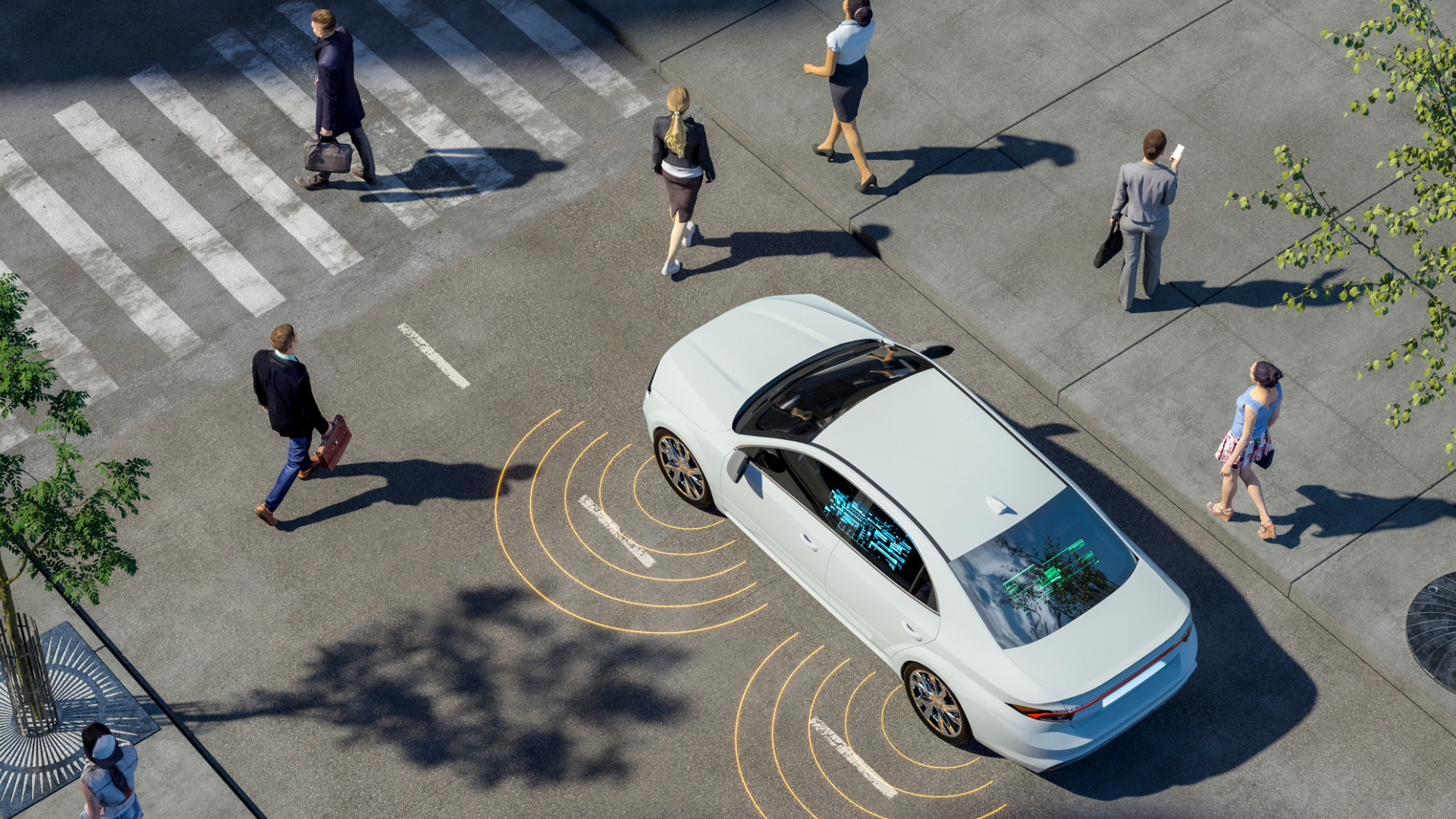
The most interesting robotics imho is using the principles for enhancing non-robotic or connected things.

The robo-olympics has started
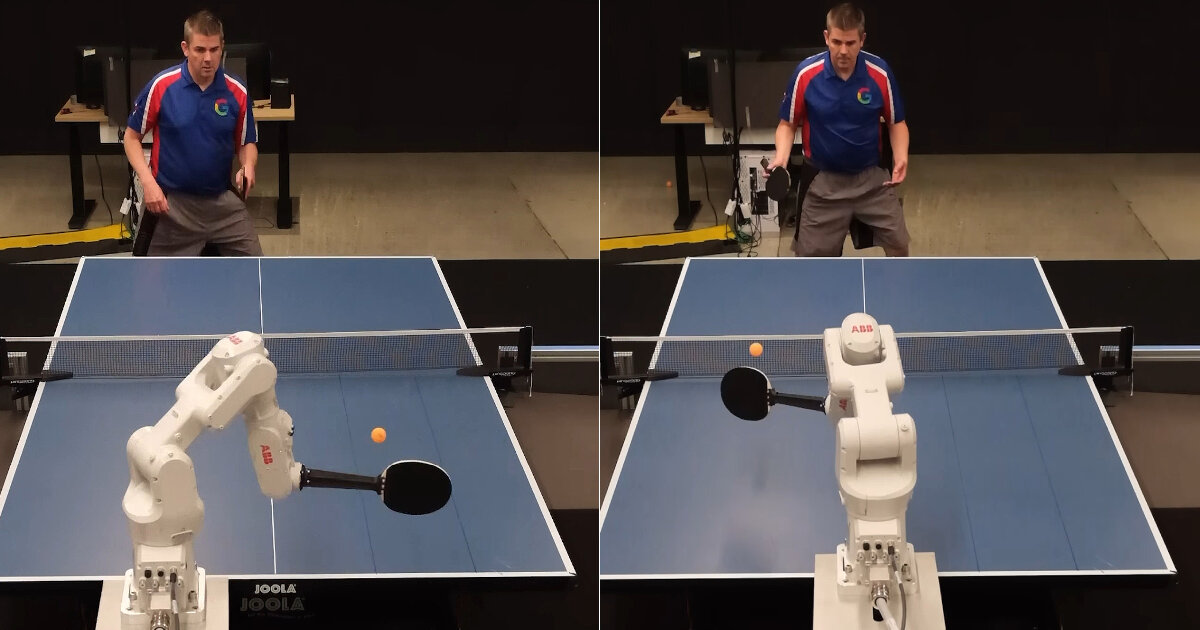
Apparently is this the archetype of cobots? It's a bit limited, but it's good to have the category established.
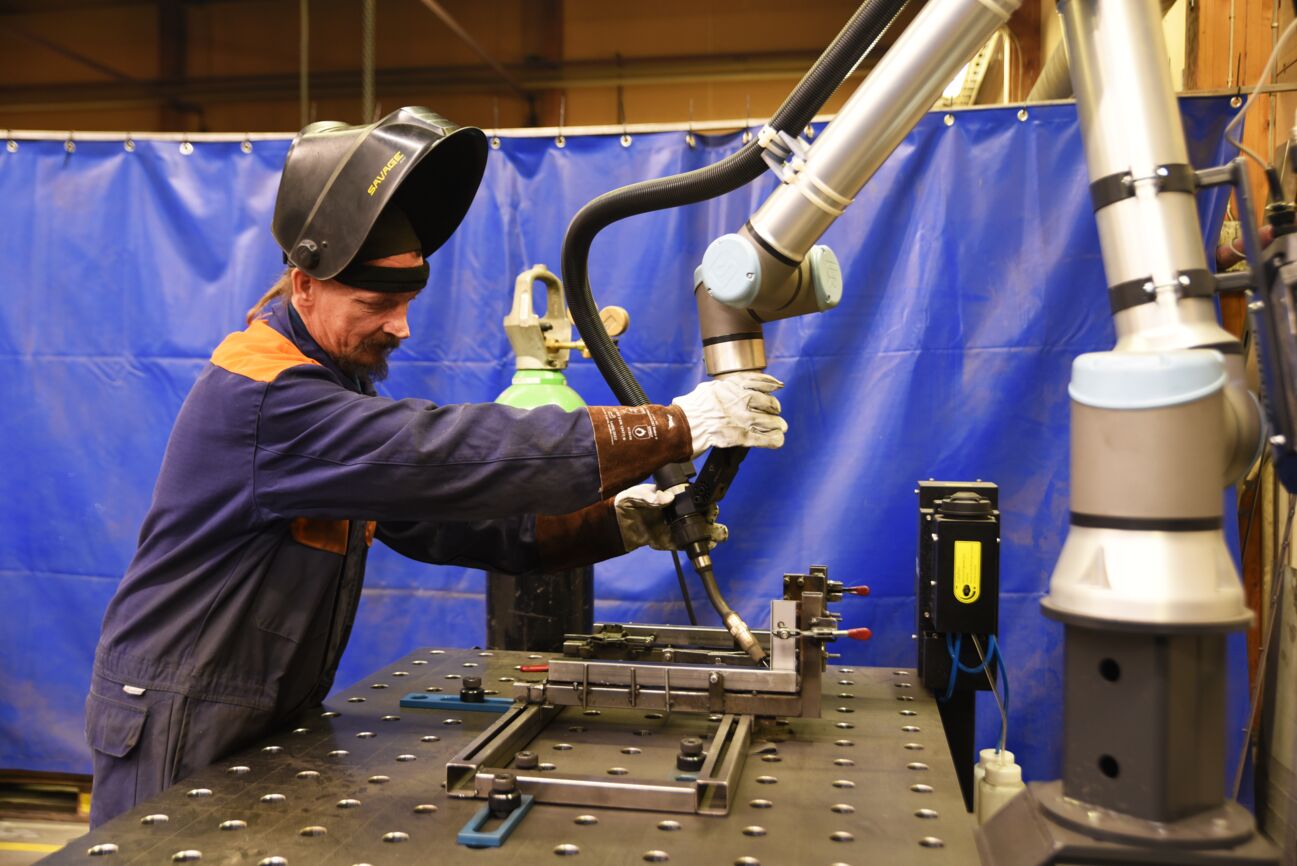
Immersive connectedness
I need to check my own archive; I think this was already a topic not long ago. Or it was discussed in a podcast. Still, it is interesting to follow if Apple is making the move towards more of a location search , than mainly be a navigation app: attacking Google Maps
/cdn.vox-cdn.com/uploads/chorus_asset/file/23598986/VRG_Illo_5258_K_Radtke_WWDC.jpg)
New Nest learning thermostats are quite rare.
/cdn.vox-cdn.com/uploads/chorus_asset/file/25560744/247209_Google_Nest_Hardware_OGrove_0013.jpg)
Tech societies
Thinking about futures is like fiction + facts. Very true and well fleshed out.
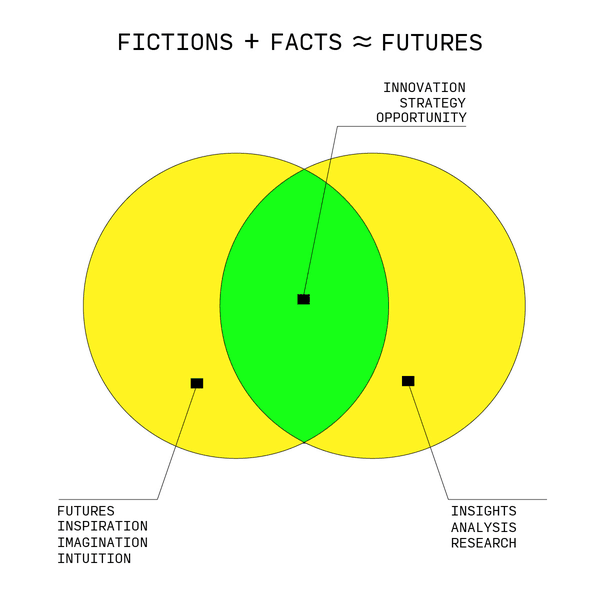
The next generation of facial recognition.

Let’s hope for positive developments.
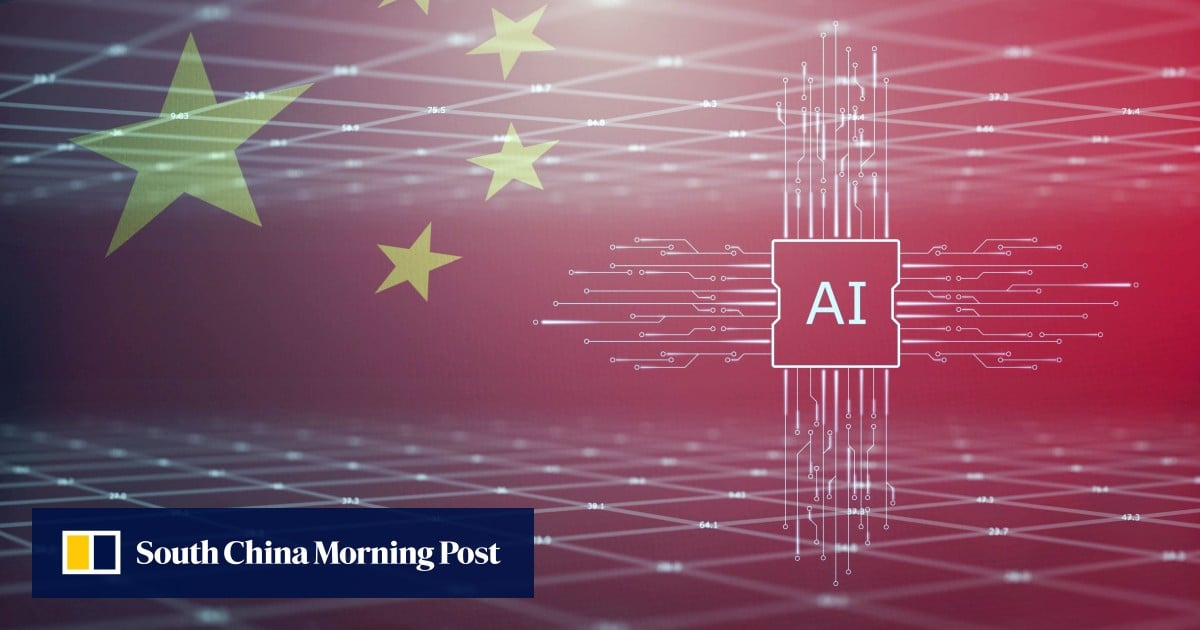
We can start thinking about a new AI engineer empowered by GitHub models.

Googles Ruling is talk of the tech town (in the US for sure). Will it make a difference?

Reality is following fiction. Or fiction is activating reality.

Paper for the week
Social robotics and mindfulness… “Social Robots, Mindfulness, and Kindergarten”. Rather applied research, I think
The objective of this paper is to present existing research on social robots and mindfulness, assess the potential benefits and challenges of integrating these two fields in kindergarten, and, most importantly, inspire future studies on the use of robots and mindful-ness in early childhood education.
Anagnostopoulou, P., & Drigas, A. (2024). Social Robots, Mindfulness, and Kindergarten. nternational Journal of Online and Biomedical Engineering (iJOE), 20(11), pp. 146–160. https://doi.org/10.3991/ijoe.v20i11.49503
Looking forward
Will be writing/completing proposals for ThingsCon and Wijkbot, planning and discussing sessions, and for ThingsCon also curating the program (and connecting with funding partners). Keep track of the latest here: https://thingscon.org/th-ngs-2024/
Also, the final preparations for the Salon in Amsterdam on 5 September. The number of participants for the workshop is almost reached, so go there if you like to join!
Enjoy your week!
PS:

